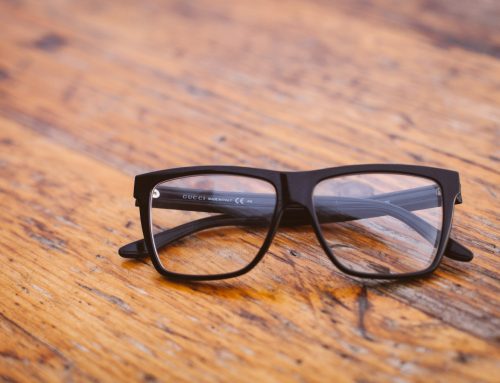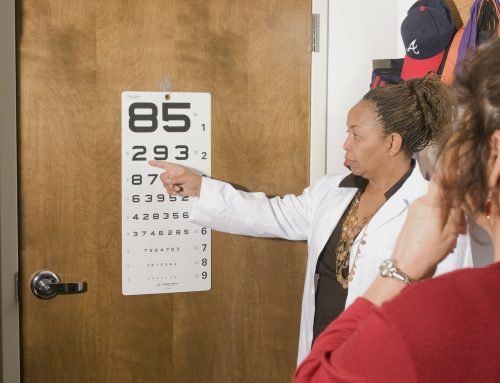Learning how to read a prescription from a Market Mall optometry clinic is a valuable skill. This skill will help inform you about the quality of your vision. As well, it will help you understand the components of your prescription lenses and how they work to better your vision. The easiest way to learn about your vision needs is through a visit with your optometrist, but sometimes conflicting schedules can make this option difficult.
Therefore, your first step can instead be getting your prescription details from a Market Mall optometry business. Then, simply read below to understand each part of the prescription.
The Definitions of Your Optometry Prescription
Definitions
OD- Oculus Dexter refers to your right eye
OS- Oculus Sinister refers to your left eye
SPH- Sphere corrects nearsighted or farsighted vision (the prescription)
CYL- Cylinder measurement combines with Axis to correct astigmatism
PD- Pupillary Distance is the measurement of the distance between the pupils
D- Diopter, which is the unit of measurement for eye correction
How to Read Your Optometry Prescription
How Do Prescription Lenses Work?
The first step in understanding your prescription is understanding the intention of them. Essentially, the front (lenses) of your eye focuses light onto the back of your eye, which translates it into usable data for your brain. However, this process requires a perfect sphere to work correctly, and natural development is rarely so perfect.
As a result, eyes can become less spherical, or the nature of their sphere can shift. For instance, astigmatism is the eye naturally widening in the middle, giving it a shape more akin to an American football. However, more commonly, eyes will only have slight alterations, which may appear as flatter or rounder areas compared to the overall sphere.

Therefore, the purpose of the prescription lenses is to refocus your eye properly. For them to be effective, they must stand at the centre of your eye and focus the light on the back of the eye. However, they must also take into account where the change of shape is, in your eye. Of course, there is substantially more complexity involved, but for our purposes, this is the basic eye-dea.
How to Read Your Prescription
Now, when you look at the typical prescription, you will see a chart that compares your SPH, CYL, and AXIS against your left (OS) and right (OD) eye. There will be a positive or negative number in the intersections of SPH and CYL, which denotes the strength of your prescription in diopters.
Note: Diopters are the measure of focal length, which is the intersection where light particles split from focus.
The prescription will also have a number for each eye under the AXIS section. The AXIS is the point on the CYL, which must match with the middle of your eye. Essentially, you are trying to chase the edge of the sphere for optimal vision. Therefore, the measurement will always be between 0 and 180 degrees.
Finally, you will need one additional measurement. Typically, this isn’t a part of your prescription, but it is essential for accuracy. The measure is PD, which is the length, in millimetres, between your pupils. Alternatively, you can consider it the length between the centre of each eye. This information will help your lenses focus the light accurately.
Get Your Optometry Prescription Today!








